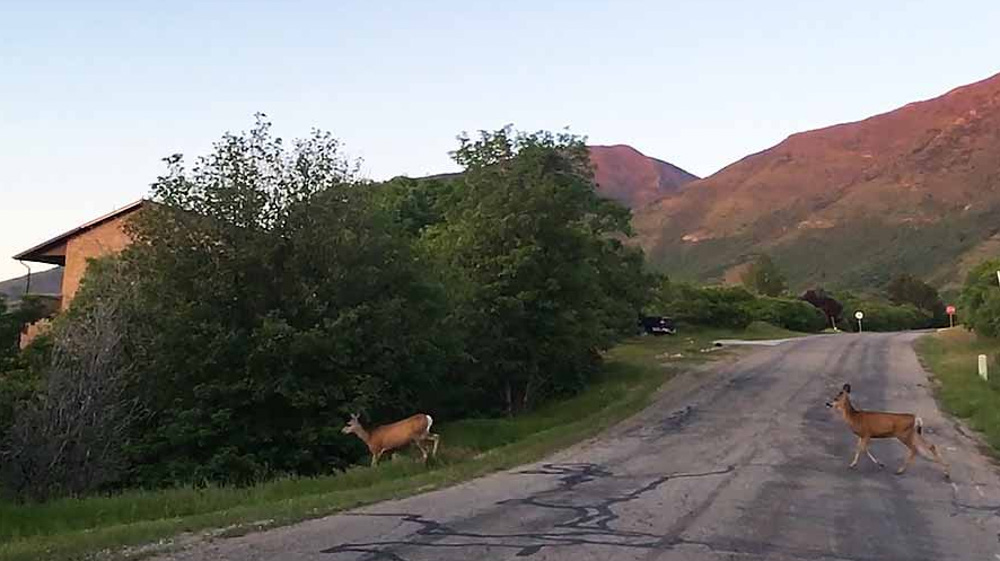What happens to deer, elk and other big game that cause damage in neighborhoods and to farmers and ranchers? In Utah, many are removed to reduce negative impacts on hay fields, crops and to reduce vehicle-wildlife collisions. So that begs the question, what happens to the meat?
“We try to donate every piece of meat that we can. We call around and make sure that we’ve got people to donate the meat to,” Cody Evans, Utah Division of Wildlife Resources (DWR) landowner specialist, told the Cedar City News. “Residential deer don’t migrate. They’re born or reside in city limits or agricultural fields, so they’re not huntable and they do more damage than they help an area.”
DWR employees are not allowed to keep the meat. Instead, they follow careful field dressing procedures to help ensure the meat is properly handled before it is donated to the public. Donated animals are only field dressed and need to be processed when received.
According to the DWR, donations may occur at any time, including the middle of the night. Recipients are typically selected on a first-come, first-served basis, but preference may be given to those closest to where the animal is available.
Wildlife species include deer, elk, pronghorn antelope, fish, game birds and, in rare circumstances, bison or bighorn sheep.
Meat from animals that are poached is also made available.
Go here for additional information, including how to sign up for the program.
Check with the state wildlife agency where you live to see if similar programs are offered.
(Photo credit: Utah Division of Wildlife Resources)
